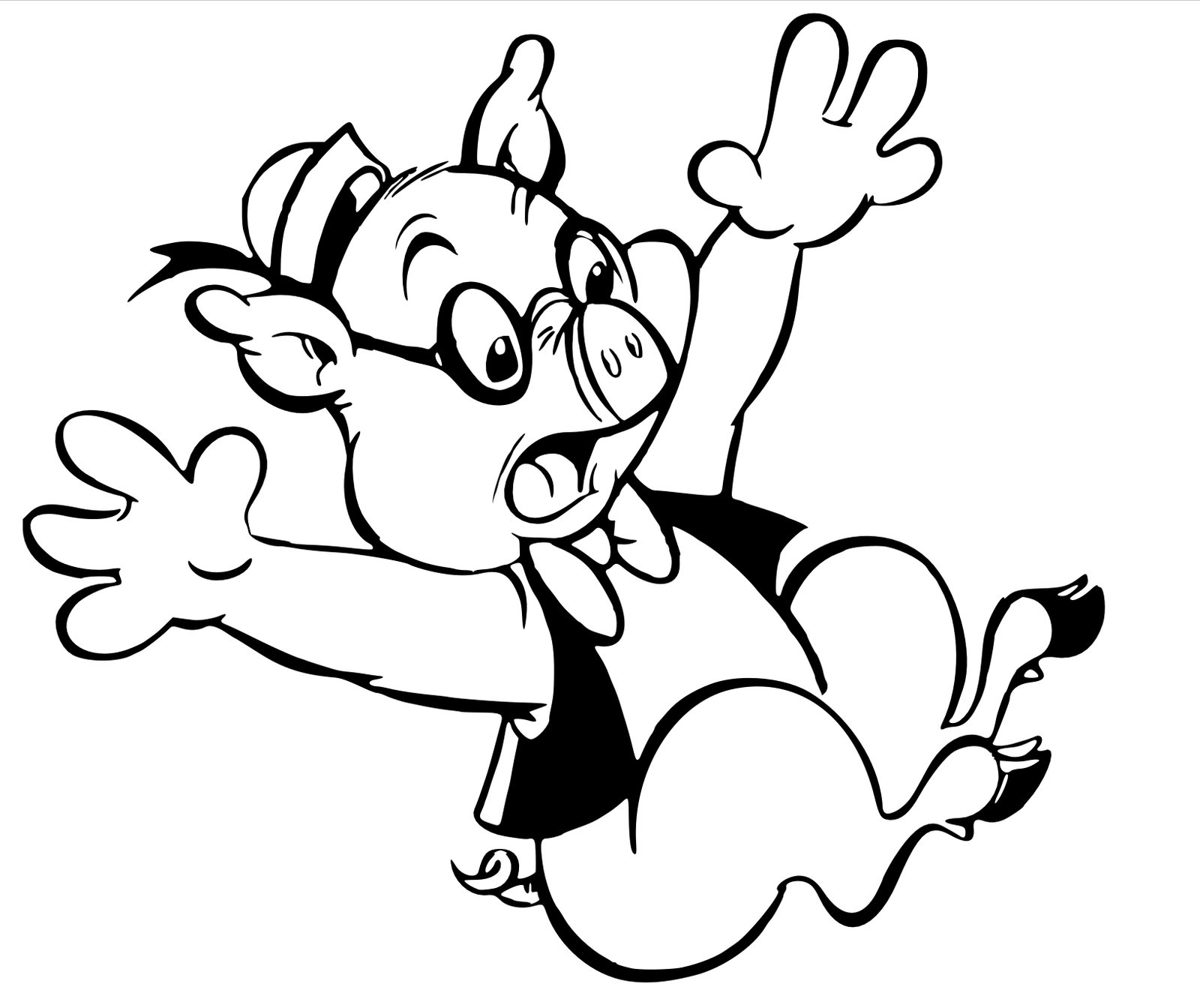Despite efforts to avoid falls, situations arise during which gravity wins and we find ourselves sitting on the ground. For seniors and caregiver alike, these episode can be anxiety provoking because seniors are vulnerable to multiple injuries that can directly impact their mortality. So, what do we do when an older adult falls? Below are some basic steps to help seniors and their caregivers in these situations.
-
Remain calm and encourage the individual who fell to remain on the ground for a few minutes. Taking 5-10 deep breaths together will help the initial shock of the event. Getting up too fast or too soon after a fall can worsen an injury.
-
Assess for areas and severity of pain, bleeding and broken bones. Did the senior hit their head during the fall?
-
If the person has serious pain, and/or hit their head during the fall, do not move them. Call 911. If they are experiencing any nausea or vomiting, carefully roll the senior on their side to avoid aspiration.
-
Keep the senior warm and comfortable until the paramedics arrive and can provide a professional evaluation to determine next steps of care.
If an older adult denies serious pain and they want to get up, they should try to get up on their own using the steps outlined below. But, if at any point they feel pain, or become too tired, they should stop and 911 should be notified.
Rising after the fall. For caregivers
The older adult needs to be capable of doing the physical work of getting up, on their own accord using the steps below.Your role is to help guide them and keep them steady. If they cannot lift,or bear their weight, emergency responders need to be notified.
-
Find two sturdy chairs. Place one next to the senior’s head and the other down by their feet.
-
3. Help the older adult roll over onto their side and assist them in getting onto their hands and knees. If their knees are tender, you an place a towel below them to ease the pain.
-
4. Reposition the chair nearest their head to directly in front of them. They should place their hands on the seat and slowly rise to a squatting position directly in front of the chair.
-
Bringing their strongest leg forward and place that foot flat on the floor.
-
Move the second chair closer and behind them
-
Using both arms,push up on the chair lifting the second knee up and place that foot flat on the floor
-
As they stand upright, pull the second chair up behind their knees and have them sit down onto the chair. Keeping your back straight and upright, you may use your hands to steady the older adult, but they need to be doing the physical work of positioning themselves into the siting position..
Keep the senior seated until you’re confident that they can stand and continue moving around without hurting themselves or falling again.
Immediately notify their doctor that they’ve had a fall and keep an eye out for emerging pain and signs of injury.
Rising after fall: For older adults
-
Take a few deep breaths and calm yourself.
-
Assess yourself for injuries.
-
If you are injured and/or unable to reposition yourself, try to alert others that you have fallen.
-
If you are waiting for help, try to stay calm and warm.
-
If you are not experiencing pain and did not suffer any broken bones or hit your head, slowly roll onto your side and get yourself onto your hands and knees.
-
Crawl or drag yourself to a steady piece of furniture.
-
Get into a kneeling position and place your hands firmly on the furniture (e.g. the seat of the chair).
-
Leaning on the furniture, bring your strongest leg forward and place that foot flat on the floor.
-
Using both arms and your leg. lift the second knee up and place your second foot flat on the floor
-
Pivot yourself around until you are sitting on the piece of furniture.
-
Stay sitting until you feel you can safely move around without hurting yourself or falling again.
-
Once you are up, notify a family member, or a friend, and your primary healthcare provider.
-
Monitor yourself for emerging pain or injuries.
